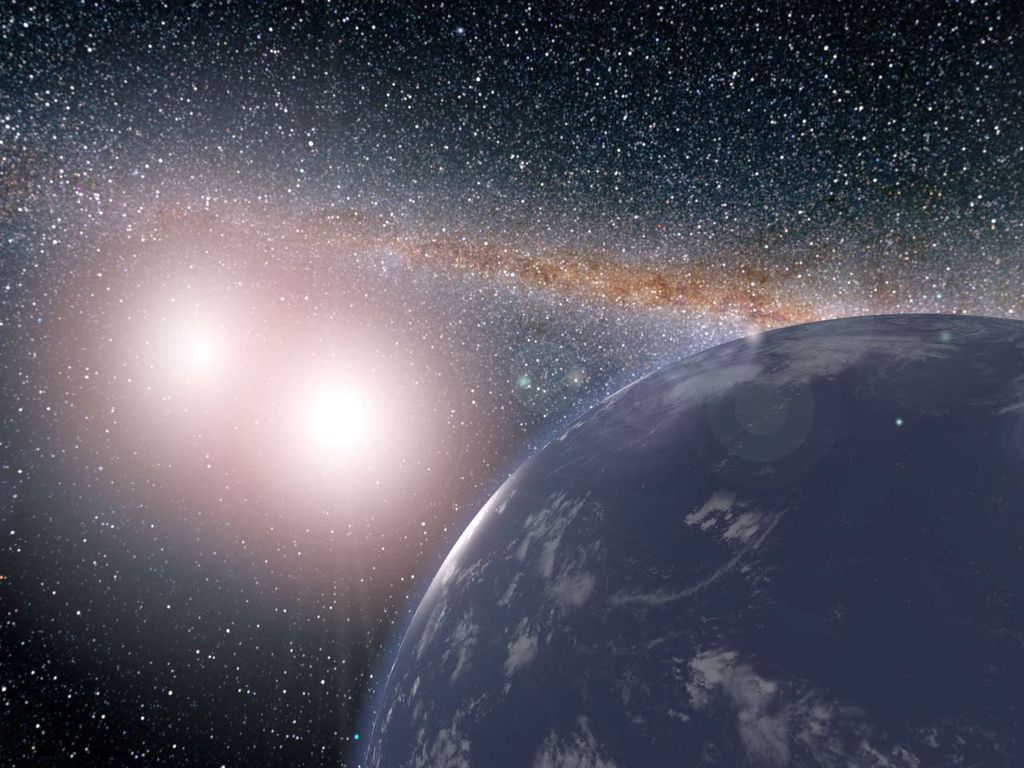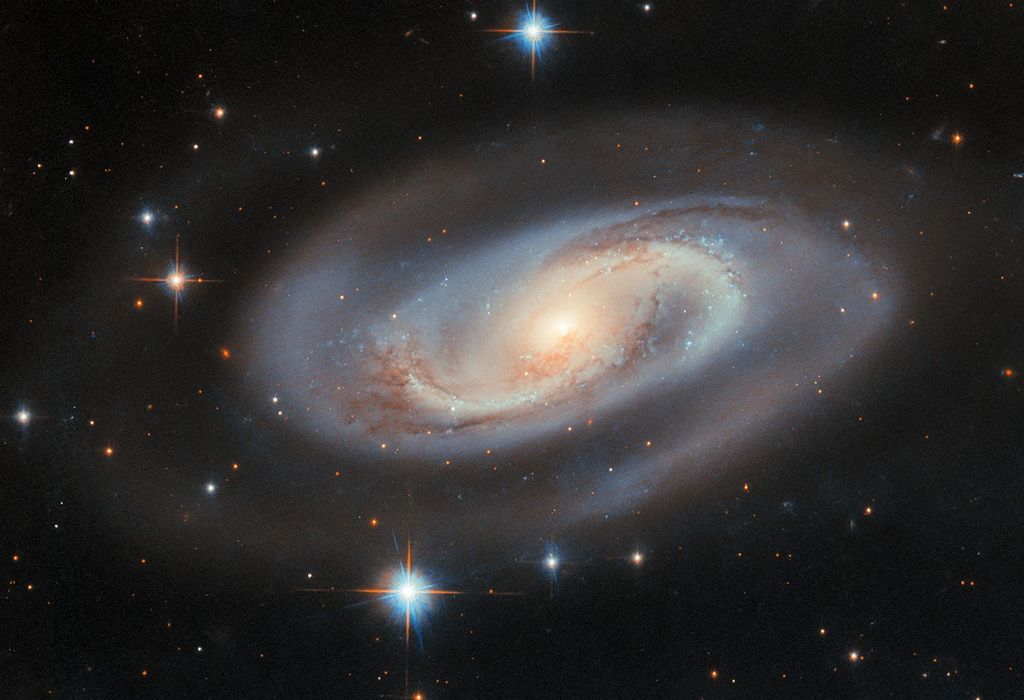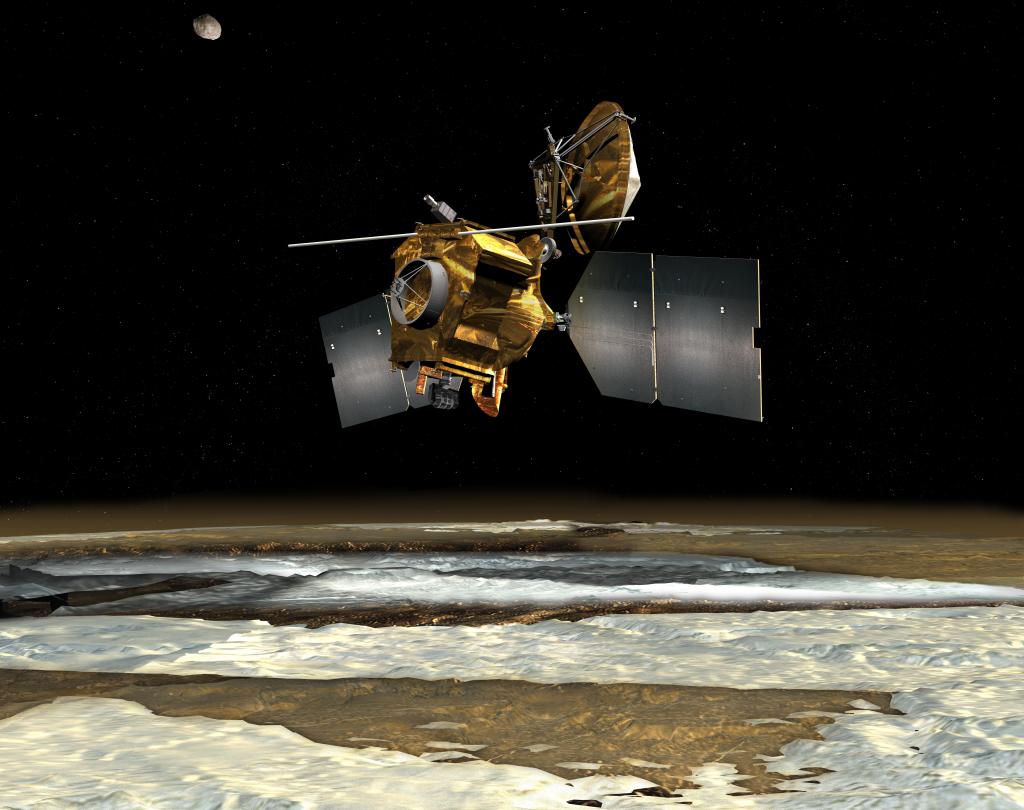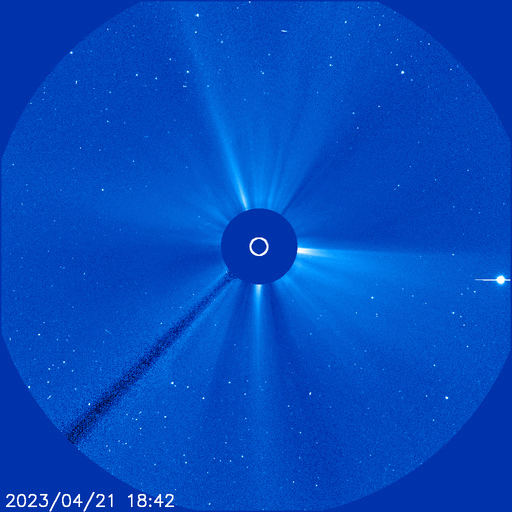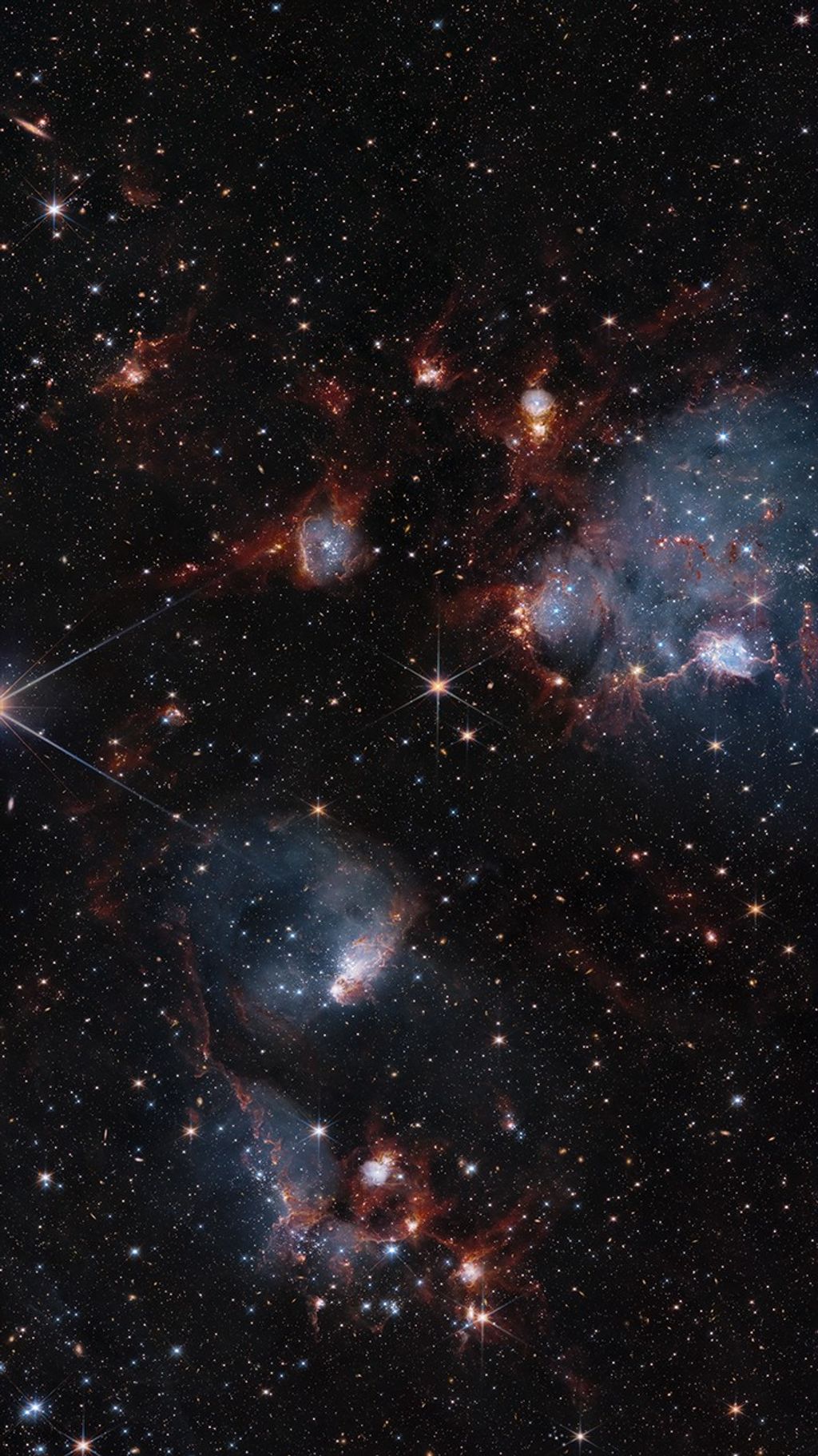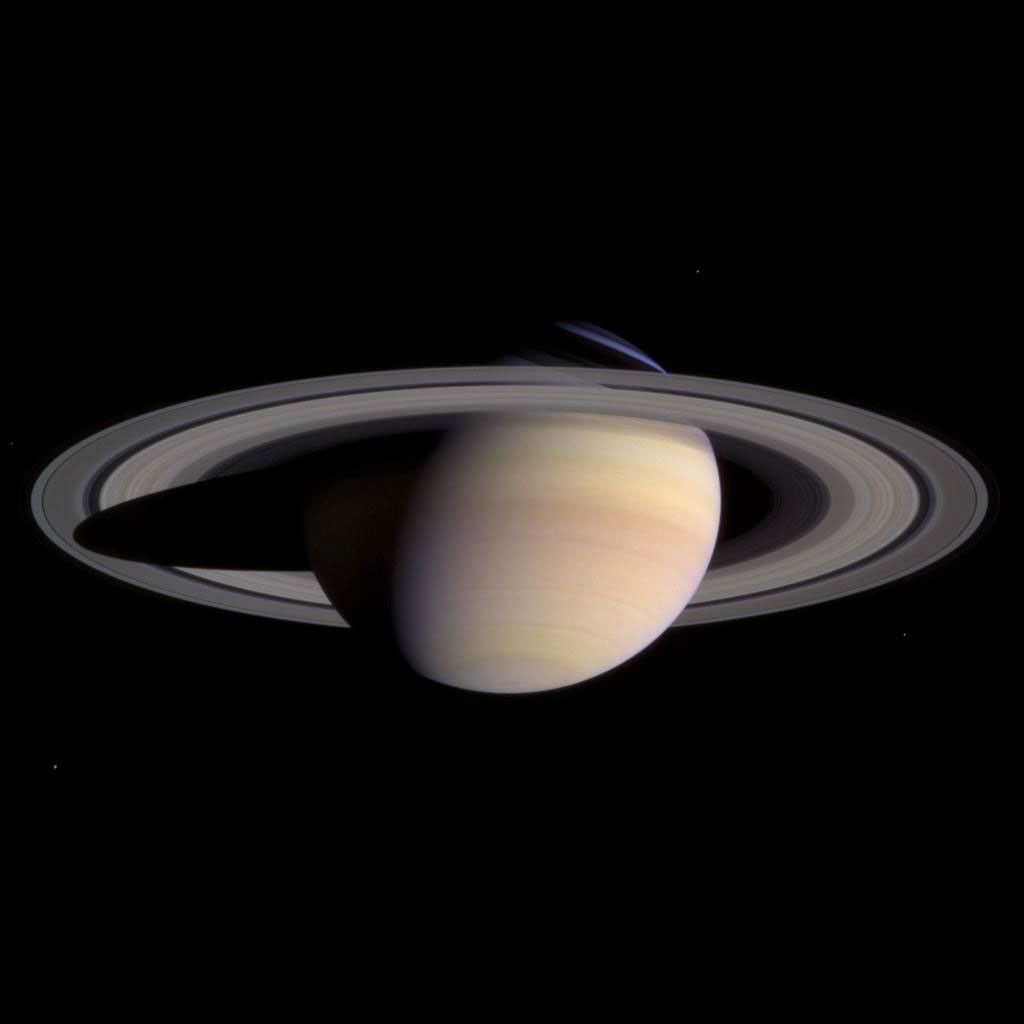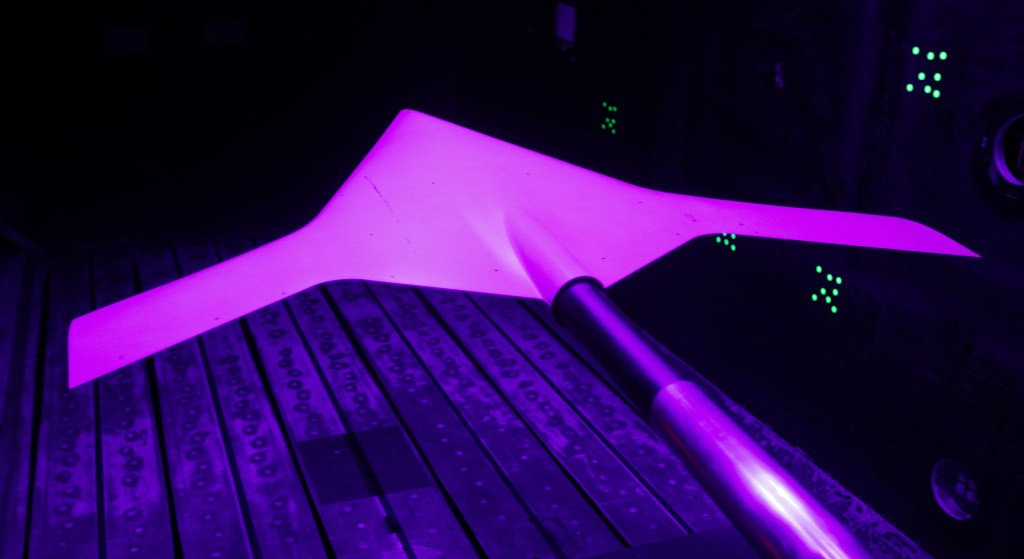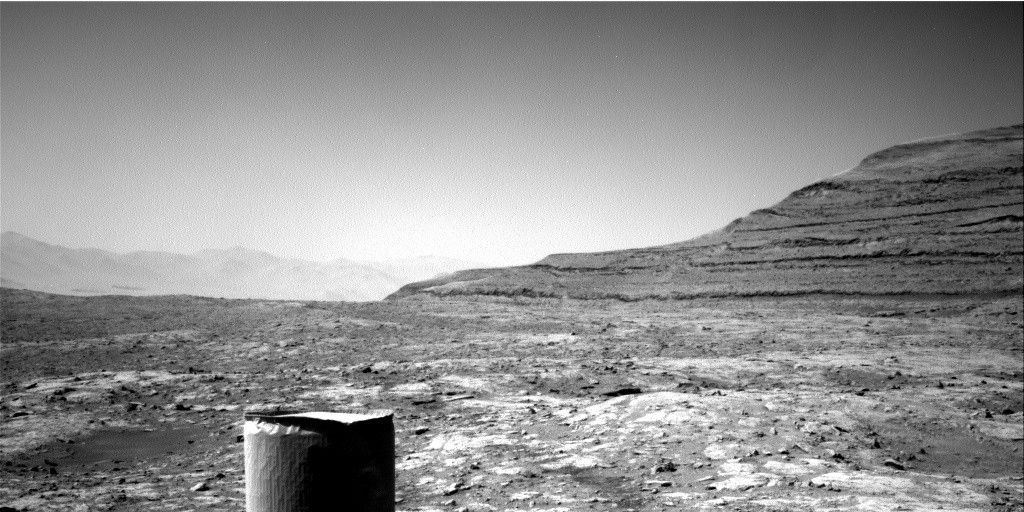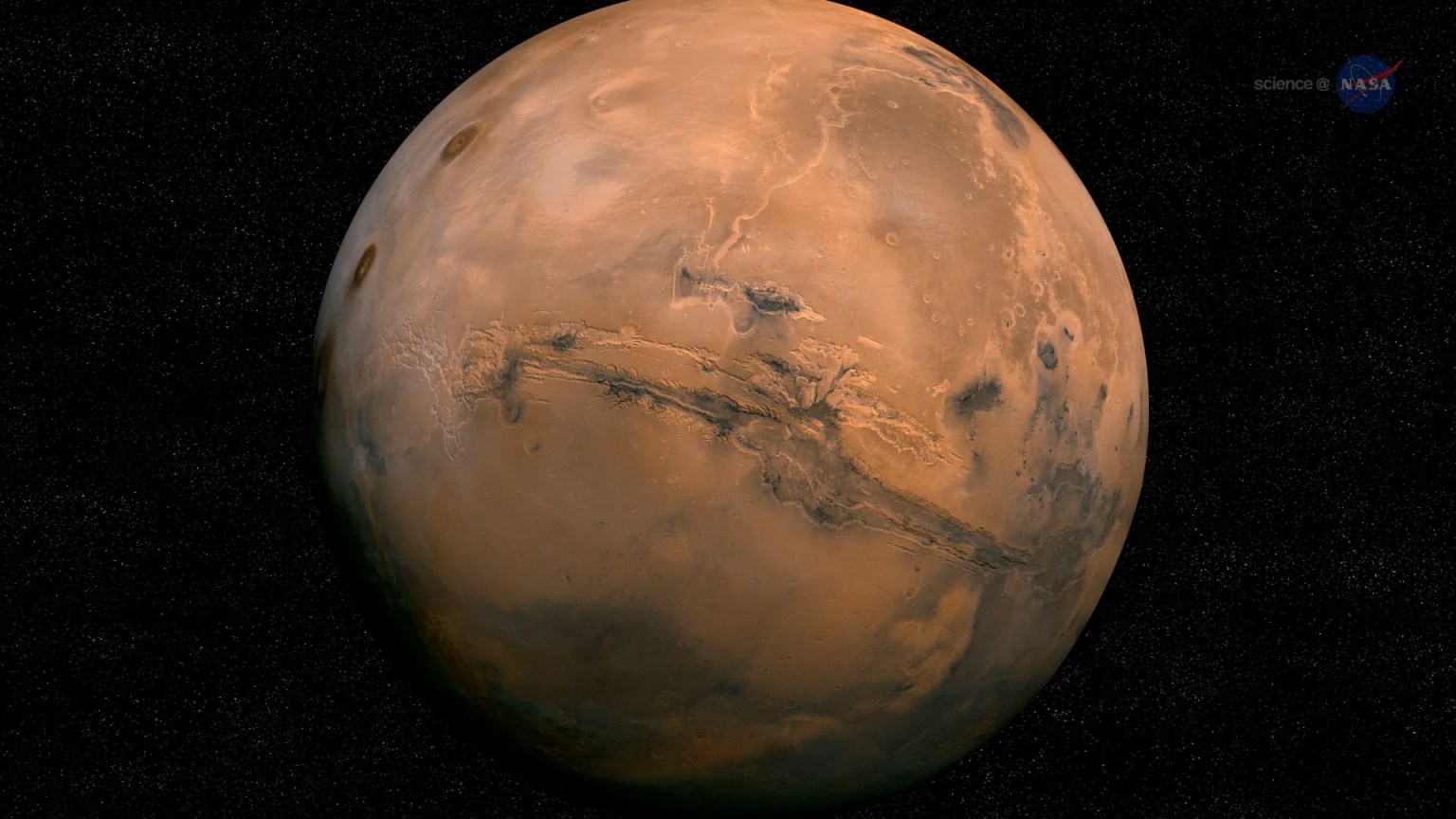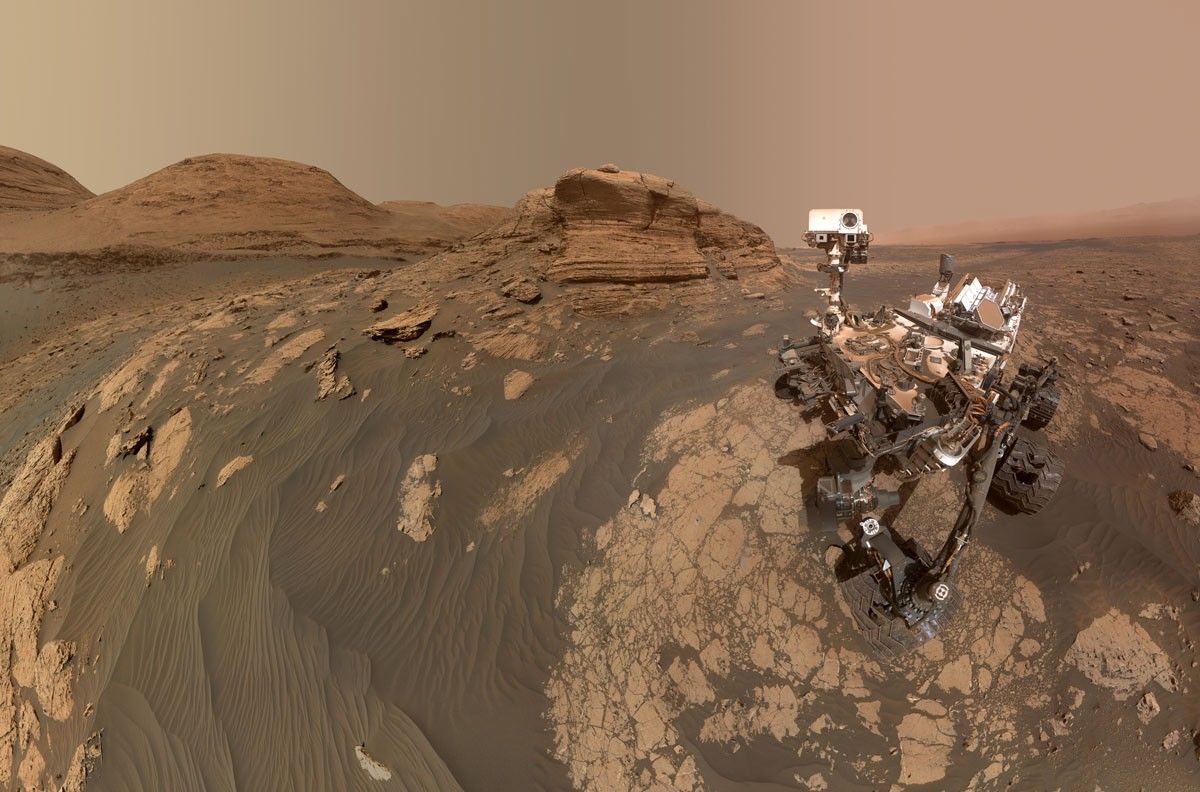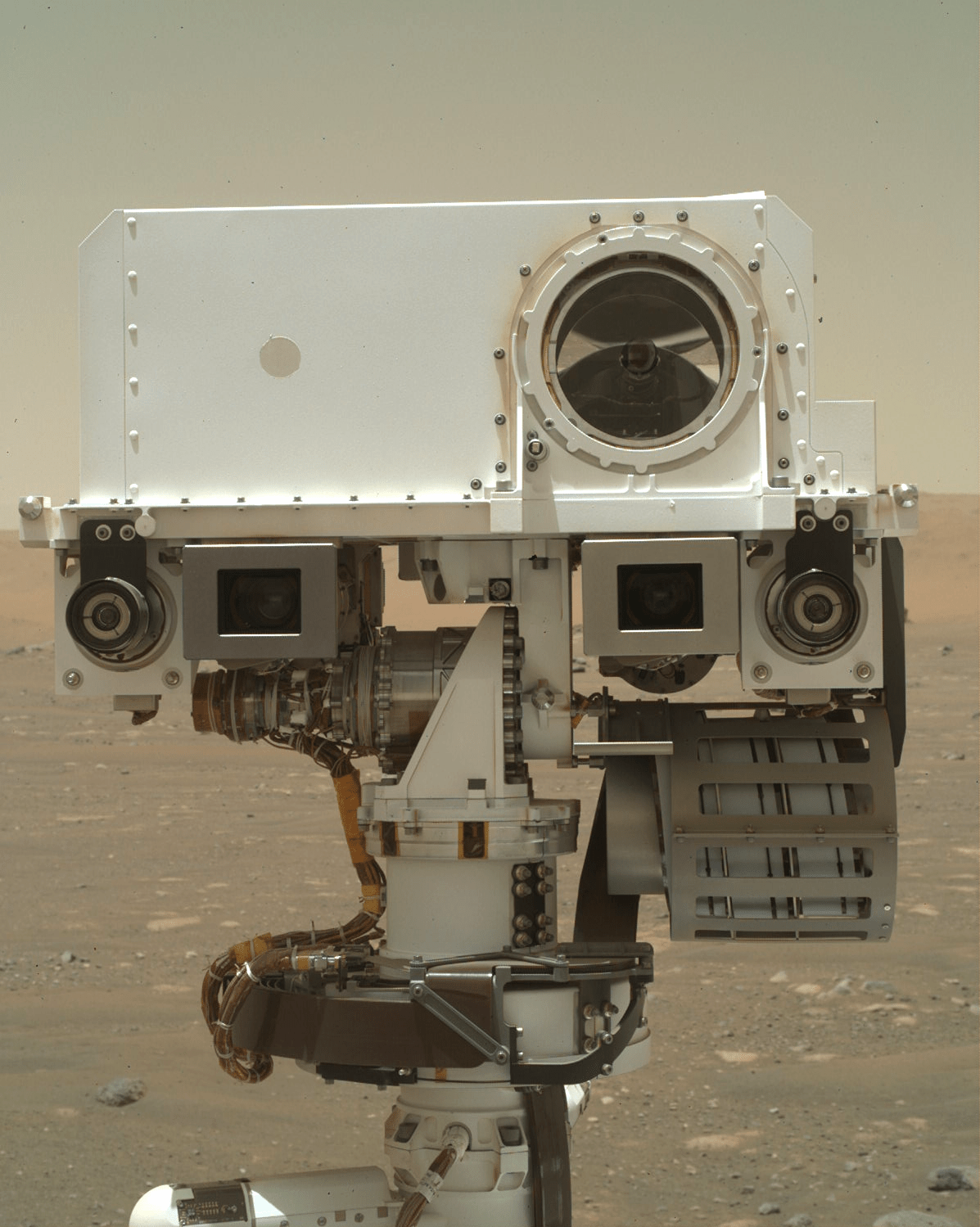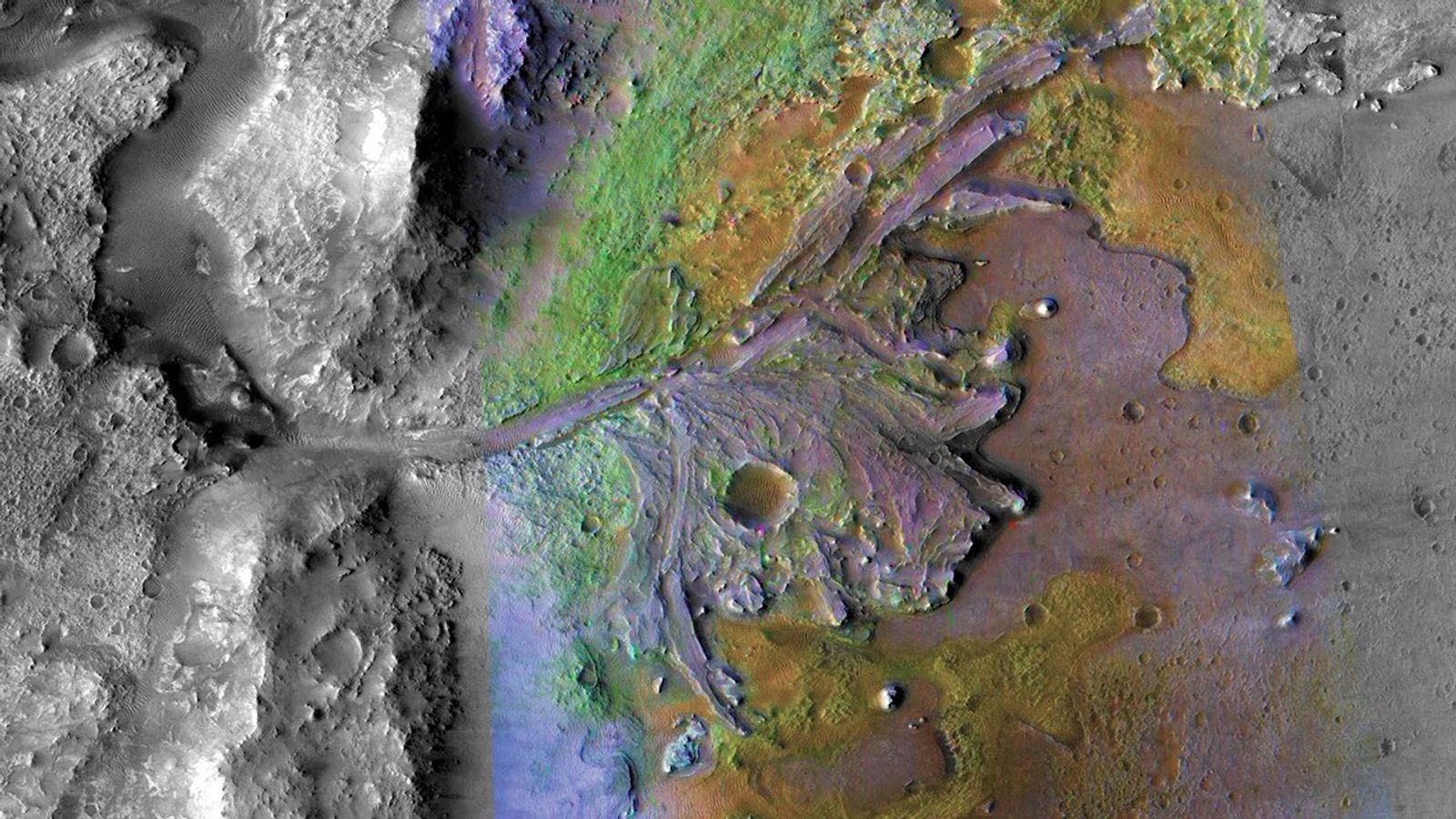The backwards drive on sol 986 was successful, and over the
weekend, Curiosity drove back toward "Jocko Butte". Before the drive on sol
987, ChemCam had a 5x1 observation of the target "Mill", accompanied by a
Mastcam image. Mastcam also took a small 2x2 mosaic of our tracks.
The drive back toward Jocko Butte was about 43 m, bringing our total odometry to 10,697 m. After the drive, Navcam and Mastcam took images to allow for targeted science and contact
science, and Navcam also had an atmospheric observation. On sol 988, we had several
"untargeted" observations, including some Mastcam measurements of the amount of
dust in the atmosphere, a Mastcam "clast survey" observation, and a MAHLI image
of the ground at our new location.
In today’s plan for sol 989, there is a ChemCam 3x3
observation on the target "Spokane", and an accompanying APXS observation. (And
can I just say how nice it is to be able to rapidly analyze nine spots on a
target with ChemCam again?) Sol 989 also has a number of arm settling tests
with MAHLI that we want to get done before the upcoming conjunction (several
weeks when the sun is between the Earth and Mars, cutting off communications).
These tests help us to see how long it takes for vibrations in the rover’s arm
to disappear enough to allow good MAHLI images. Finally, APXS will be placed
back on Spokane for an overnight measurement.
After sol 989, we will be driving again, though where
exactly we will go is still being discussed. We want to get to the stratigraphic
contact at the base of "Mt. Stimson", but it is proving to be difficult to
reach so we are also considering alternatives. By Ryan Anderson -Ryan is a planetary scientist at the USGS Astrogeology Science Center and a member of the ChemCam team on MSL. Dates of planned rover activities described in these reports are subject to change due to a variety of factors related to the Martian environment, communication relays and rover status.
Written by Ryan Anderson, Planetary Geologist at USGS Astrogeology Science Center

